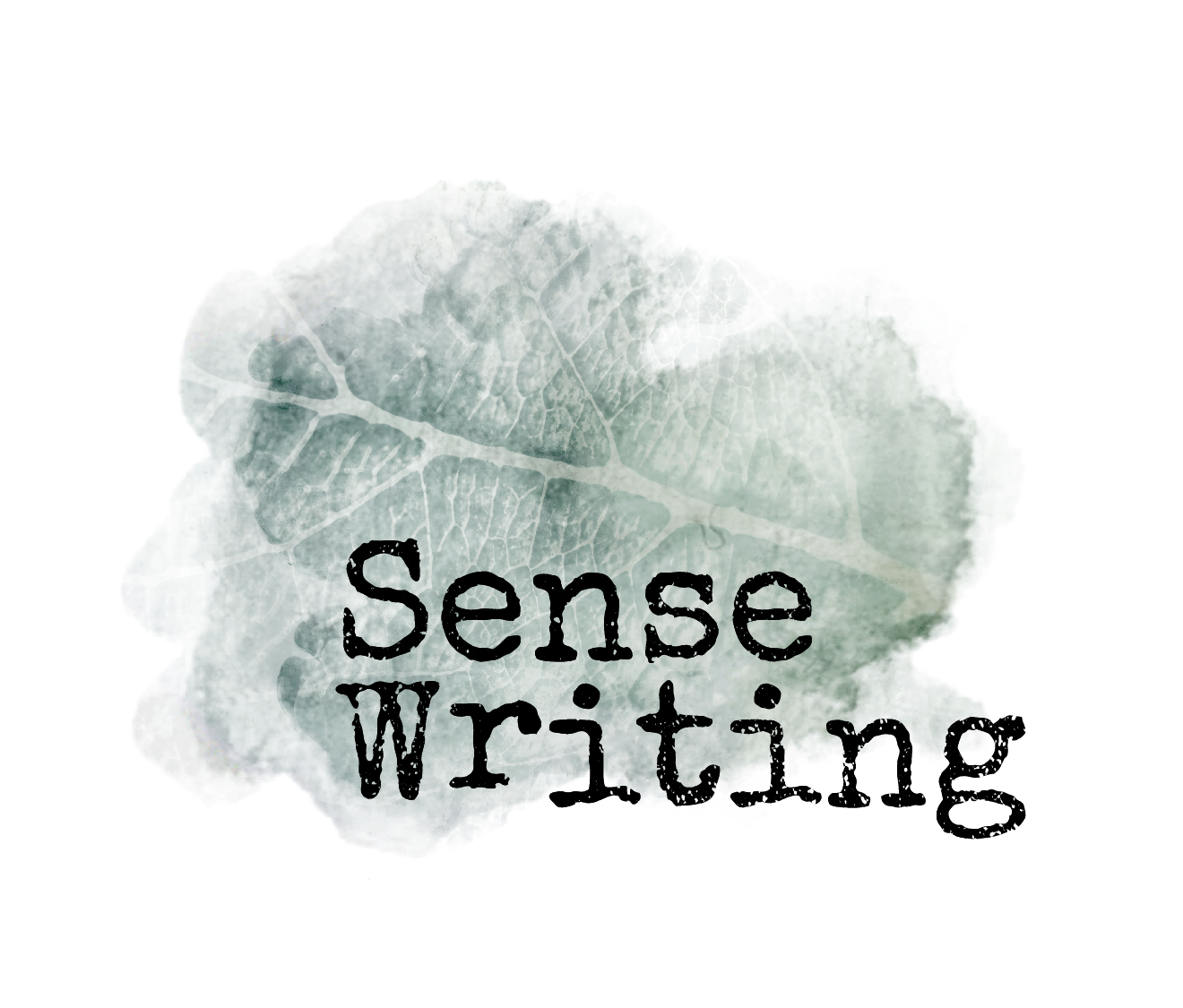Hi Everyone!
Welcome to Sense Writing’s Skilled Beginner’s series.
I wanted to share some Sense Writing moving and writing sequences with you during this time.
It’s a time of rolling uncertainty and crisis— and on some level, we think we should already be experts at this part because, after all, all this uncertainty is not exactly new anymore! It’s no surprise that many of us feel like we need to meet each day at maximum capacity.
And there are plenty of sources in the outside world that layer solutions on top of this underlying feeling: be more productive, less distracted, more effective in this prolonged time of transition.
But layering solutions on something that’s already unsteady doesn’t help us get closer to ourselves, or to stability — or to the resilient creative urge that doesn’t go away even when things keep changing.
The way to steady that unsteadiness isn’t just to cope with it better (even though that's sometimes all we can do); it’s to unlayer.
Go back to the floor. Be a beginner, from the ground up.
And I don’t mean by forcing or faking yourself into a state of permanent wonder and emotional overexposure, but by building the skills to feel supported and vulnerable in the unknown.
And ironically, this skill of being a beginner is essential for deep neuro-plastic learning.
That might be uncomfortable to even think about when we’re all just trying to figure out how to be in the world again.
(Cue Talking Heads lyrics: “And you may ask yourself, well how did I get here? Letting the days go by, let the water hold me down...”)
We can feel both the pull and the hesitation to pick up where we left off. Do we step into the outline of who we were, because we can? And if it doesn’t feel the same, what do we do?
It’s like we’re toggling between the anxiety of the unknown or the numbness of the familiar.
The irony here is that both of these responses are coping strategies of the nervous system that are rooted in survival and stress response.
Because the nervous system is a genius at keeping you alive. It’s been doing it not just for your own lifetime, but adapting to do so for millions of years!
But the truth is, the nervous system is also a genius at learning and growing.
In other words: being a true beginner.
As I’m writing this, I’m realizing that it’s no surprise that I keep coming back to being a beginner, because Sense Writing has always been about building the skills to be a beginner.
In the Skilled Beginner Series below, you get the opportunity to do just this.
In these Sense Writing sequences, you’ll settle into a place before the coping strategies and old habits of survival, before all the stories we tell about ourselves, and learn to hone the skills to be genuinely open to the unknown.
Because the genius of our nervous system is not just in its ability to keep us alive, but in its infinite capacity to learn and grow — to play, explore, make connections, expand and mature, grounded in safety and surprise.
And what’s more: it LOVES to do that. It just forgets what it loves to do.
Just like we sometimes do.
Enjoy!
Madelyn
PS. Even if you're in Sense Writing’s 12-week Course, and may not feel like a beginner, try the upcoming sequences-- they're new!




